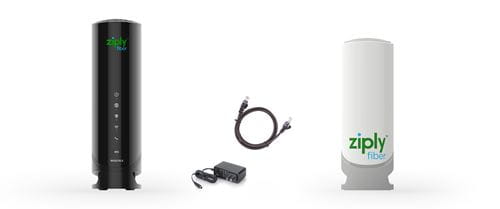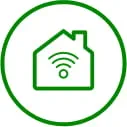Looking for more guidance?
- Improve your connection: Learn how to reset your router to get faster speeds. Upgrade to WiFi 7 or Whole Home WiFi and experience our fastest, most reliable router setup.
- Use your own router: Learn how to connect a non-Ziply Fiber to your Ziply Fiber ONT.
Fiber-optic internet is fast becoming the go-to internet option for areas with fiber-optic infrastructure. Once your city or town is hooked up to fiber, switching from cable is the obvious choice for faster, more reliable service. But as we all know, switching to a new service, especially with a new provider, can be scary. Not only does it feel like a hassle, switching can come with so many overwhelming questions. Starting with, how does it work?
So while switching to fiber is an upgrade for sure, some people are hesitant to take the plunge, because change.
Read more: Why you should make the switch to fiber internet
Let’s just start by talking about the equipment you’ll need for fiber-optic internet and how it works.
Fiber vs. cable internet equipment
This could be a short article, since cable and fiber internet needs are not so different — at least not from the subscriber's vantage point. Your technician will handle all the tough stuff.
The fundamental difference between cable and fiber is how the connection works. Cable uses copper wires to transmit data to and from the internet; fiber-optic cables use pulses of light to transmit data through thin glass fibers. The wires are fragile on their own, but they reside in rugged outdoor conduits that can stand up to all kinds of conditions. These conduits run underground or hang from existing utility poles.
Compared to cable internet, fiber-optic wires can transfer more data faster. Since they can handle such large volumes of data, fiber-optic lines aren’t subject to the network congestion problems of cable internet. Even during peak hours, like evening time when more people want to be online, fiber-optic connectivity can easily meet your community’s data transfer demands. The overall result is a faster, more reliable, more consistent internet connection.
You may be familiar with cable internet equipment, like the modem and router tucked away in a closet or in the basement or under your desk. Fiber internet uses the same devices, but they are slightly different.
The three key components of your fiber internet connection include:
- Optical Network Terminal (ONT):This is the device that connects your home to the internet. It’s similar to the modem you probably use today, if you have a cable internet connection.
- Fiber internet router: Your new router will look like the cable router, too. The main difference is that it will be able to handle fiber internet’s fast speeds.
- WiFi extenders: Some homes need these to ensure all areas of the home receive a strong WiFi signal.
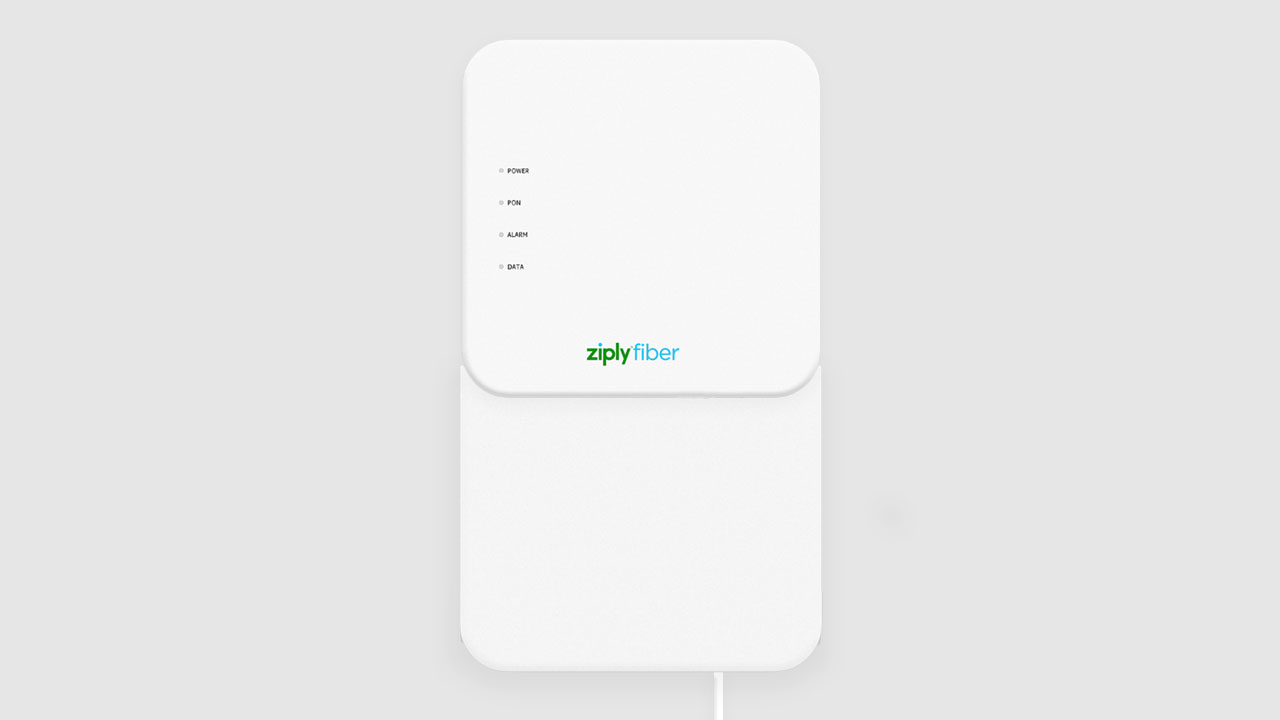
Optical network terminal (ONT)
So, do you need a fiber modem for your fiber internet connection? The answer is… sort of.
The traditional modem is a “modulator demodulator” that translates signals from one device to another. With cable internet, you’re sending and receiving digital information to your connected devices, but that information is traveling through older analog infrastructure. That’s why you need a modem. It converts digital information to analog and vice versa.
With fiber, the “modem” serves the same purpose but works differently. For fiber internet, you don’t need to convert digital information to analog. However, you do need a way to transmit data through the fiber optic cable. An ONT transmits this data in the form of light pulses that travel back and forth through the cables. There’s no digital-to-analog conversion happening; it’s just light moving from one source to another.
The “modem” you use for a fiber internet connection is called an optical network terminal, or ONT. Like a modem, the ONT communicates with your internet service provider (ISP). An ONT isn’t technically a modem because it doesn’t connect you to the internet in the same way. While it works differently from a modem, the ONT performs a similar function. Practically speaking, it’s the box you use to connect to your ISP and enjoy internet service! In this sense, it’s your “fiber modem” because it replaces the modem you were using for cable internet. It even kind of looks like one.
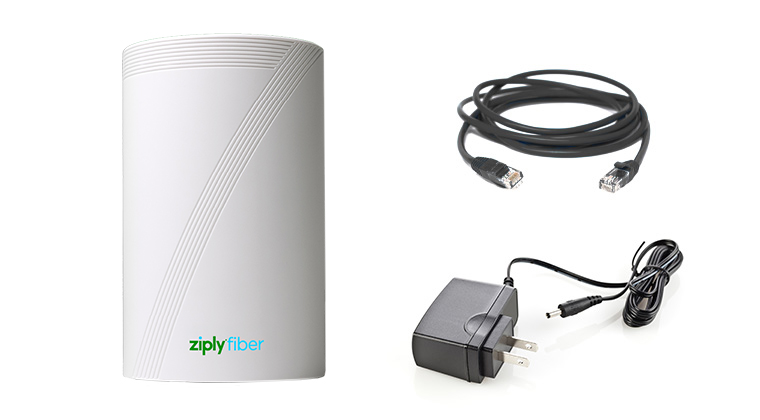
Fiber internet router
To enjoy the full benefits of fiber, you’ll need to connect your ONT to a fiber internet router. There are many types of routers, but you’ll probably be using a wireless router. The wireless router is what broadcasts your internet signal to the rest of the home via WiFi.
A fiber router looks much like the router you probably use today for cable internet. Unlike your current router, however, a fiber router is made to handle fiber internet’s fast speeds. Ziply Fiber now has the latest and fastest WiFi 7 router available for Gig and higher speed plans, or a WiFi 6 router for Fiber 300 and lower speed plans. Both are designed to deliver the fastest speeds currently available.
Setting up your fiber-optic router is simple. Just connect the included Ethernet cable from the ONT to the router. Now you can broadcast your internet signal to any devices in your home or to any wired devices you connect to the router itself.
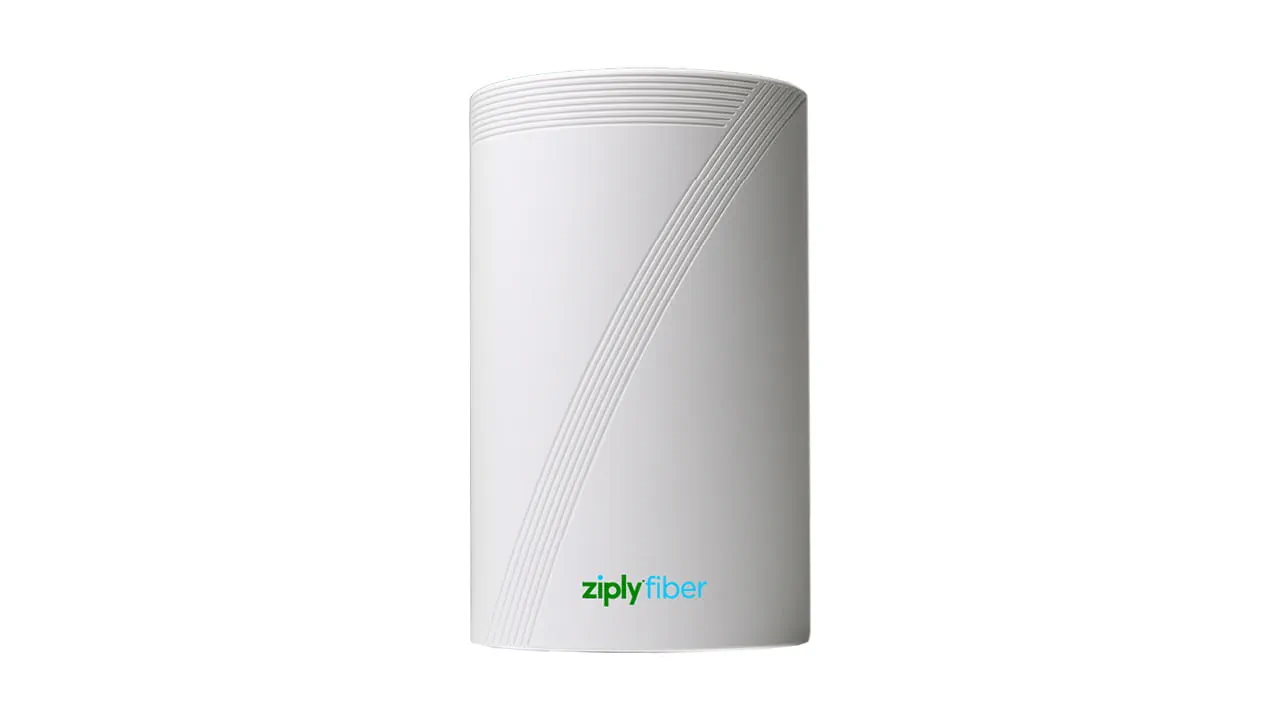
WiFi extenders
Even with fiber internet’s fast speeds, it’s possible that certain obstructions in your home could make it difficult for the signal to travel where you need it. WiFi range is also an issue in many large homes where certain rooms are too far away from a router to enjoy adequate signal strength. Thankfully, there’s a way to solve this problem.
When a Ziply Fiber technician visits your home to connect your fiber internet service, he or she can set up Whole Home WiFi with WiFi extenders. WiFi extenders are devices that “catch” the WiFi signal coming from your router, boost it and broadcast it to areas that the router can’t easily reach.
Read more: How to choose the right WiFi extender
If you a have WiFi 7 Router
If you need to improve coverage in certain areas of your home, we’ve got you covered. Whole Home WiFi comes with our WiFi 7 router. Instead of a traditional WiFi extender, we’ll send you a second WiFi 7 router at no extra charge. This second router will perform just like a WiFi extender, giving you the flexibility to expand your network and ensure fast, reliable internet in every corner of your home.
How to install fiber-optic equipment yourself
Want to install your own internet?
Installing the ONT is the job of a professional, but you can install your own router and WiFi extenders pretty easily. That makes sense if you order internet from a company but don’t want to use their provided router. In this case, you’ll need to follow the instructions that come with the device, but generally it’s as simple as plugging in the router to the power supply and the ONT, turning it on and getting it connected to your devices via a wired or wireless connection.
If you have Ziply Fiber, you can check out our how-to guide at our help center here.
Likewise, WiFi extenders come with a manual and are very user-friendly. It’s common for extenders to come with an app now, so you may need to download that to get your WiFi extender hooked up. Extenders come in a few different varieties. Not sure which one is right for you? Read our blog about how to choose the right WiFi extender. And if you have Ziply Fiber service, you can even add on Whole Home WiFi service, so you don’t need to worry about doing this yourself at all.
Best practices for gaming and remote work
Gaming and entertainment configuration
For the best gaming experience, a wired Ethernet connection is the preferred option. It provides:
- Lower latency (ping) – reducing lag and improving responsiveness
- More stable connections – no interference from other wireless devices
- Higher speeds – ensuring smooth gameplay and fast downloads
However, if your at-home setup isn't compatible with a wired Ethernet connection, the WiFi 7 router from Ziply Fiber is the perfect alternative. Also, position your gaming console or PC as close as possible to the router for minimal interference.
Best placement for gaming equipment
- Routers should be centrally located – avoid placing them inside cabinets or behind furniture.
- Use direct Ethernet connections when possible – especially for competitive gaming.
- For WiFi users, minimize obstacles – thick walls and metal objects can disrupt signals.
Questions? Contact Us
When we configure fiber internet connections for new Ziply Fiber customers, we always ensure the proper installation of the ONT, router and WiFi extenders. That’s also why we recommend using Ziply Fiber equipment: if you experience any issues with your setup or internet, we’ll be able to better assist you. In the unusual event that you have a problem or a question, Ziply Fiber support is always there to help.

